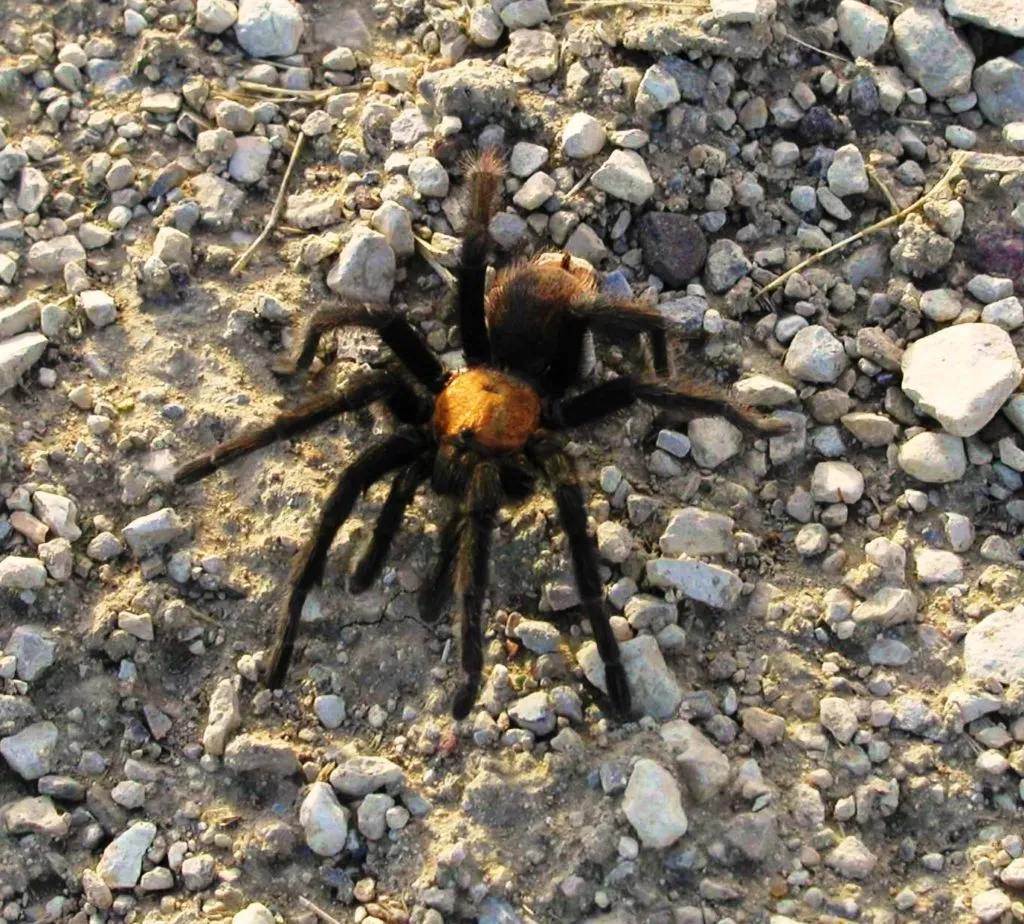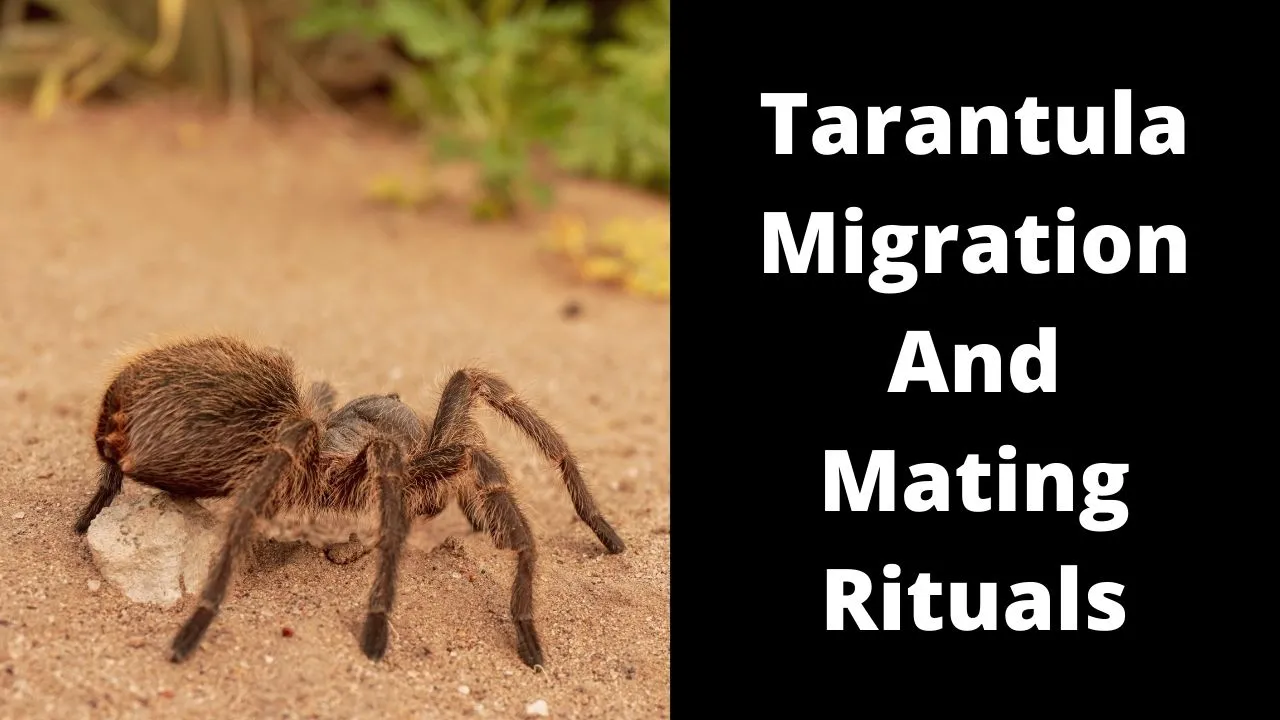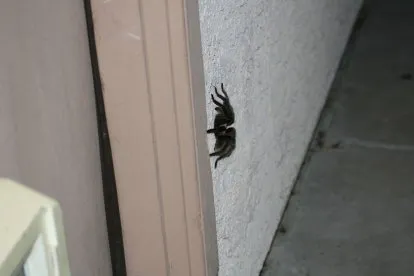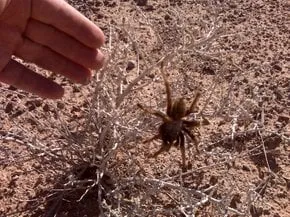What is Tarantula Mass Migration in Arizona
Arizona’s deserts come alive each year with a spectacle of nature the mass migration of tarantulas. This fascinating event, occurring primarily in the late summer and early fall, sees thousands of these large, hairy spiders embarking on a journey. It’s a sight that captures the imagination of nature enthusiasts and arachnophobes alike. During this time, male tarantulas leave their burrows in search of a mate. The migration isn’t a chaotic scramble; rather, it is a determined trek across varied terrains, driven by the primal urge to reproduce. These spiders, often misunderstood, play a vital role in the ecosystem, and their migration offers a unique opportunity to observe their behaviors and learn more about their lives. Understanding the phenomenon enriches our appreciation for the intricate balance of the desert environment.
The Seasonal Timing of Tarantula Migration
The timing of the tarantula migration in Arizona is closely linked to environmental conditions. The mass movement of tarantulas typically begins with the onset of the monsoon season, usually in late summer and early autumn, when the rains arrive, and the temperatures begin to cool. This is the perfect combination for triggering the migration. The increased humidity and moderate temperatures create ideal conditions for the spiders to be active and on the move. The duration of the migration can vary, often lasting several weeks, depending on the specific weather patterns of the year. The timing is critical because it aligns with the breeding season, ensuring that males can find receptive females. Watching for these cues can help one anticipate and witness this incredible natural occurrence.
Factors Influencing Migration

Several factors influence the timing and intensity of tarantula migration in Arizona. Temperature is a crucial factor; the shift from the extreme heat of summer to cooler autumn temperatures is a key trigger. Humidity levels also play a significant role, as tarantulas thrive in a more humid environment. The arrival of the monsoon season, bringing both rain and humidity, is a key indicator that migration is about to begin. Additionally, the availability of prey may influence the spiders’ overall health and readiness to migrate. A good supply of food ensures that the tarantulas have the energy needed for their long journeys. All these elements combine to create the perfect conditions for the annual mass migration, making it a dynamic event that changes depending on the year’s conditions.
The Mating Ritual and Purpose of Migration
The primary purpose of the tarantula migration in Arizona is reproduction. Male tarantulas, mature and ready to mate, leave their burrows in search of receptive females. This journey is not without its risks; they must navigate various terrains and avoid predators. Once a male finds a female, the mating ritual begins. This can involve a series of behaviors, including drumming or tapping, which is used to signal their intentions. If the female is receptive, she will allow the male to approach. Mating is a delicate process, and the male must be cautious to avoid being eaten by the female, as they are considerably larger and stronger. After mating, the female retreats to her burrow, where she will lay her eggs. The success of the migration is crucial to the survival and continuation of the tarantula population, highlighting the importance of their journey.
Identifying Different Tarantula Species in Arizona
Arizona is home to several species of tarantulas, each with its unique characteristics. The most common species encountered during migration is the Arizona Blonde Tarantula, recognized for its tan coloration and relatively docile temperament. Other species, such as the Desert Tarantula, may also be seen, with variations in size, color, and hair patterns. Identifying these spiders involves looking at their overall size, color of their hairs, and the patterns on their legs and abdomen. Observing them from a distance, using binoculars, is always recommended to avoid disturbing the spiders. Familiarizing yourself with the different species can significantly enhance your appreciation of the biodiversity found during the migration season and deepen your understanding of the local ecosystem.
Common Tarantula Species

Arizona’s deserts host a few notable tarantula species, each with its distinct features. The Arizona Blonde Tarantula (Aphonopelma chalcodes) is perhaps the most commonly seen, known for its lighter brown coloration and relatively calm nature. These spiders are typically medium-sized, with a leg span reaching up to five inches. The Desert Tarantula (Aphonopelma marxi) is another species found in the state, often displaying a darker brown hue. They are also medium in size and share similar behaviors to the Arizona Blonde. Identifying these species involves observing their overall appearance, including the color of their carapace (the top part of their body) and the patterns on their legs and abdomen. Being familiar with these common species adds to the enjoyment of witnessing the migration, allowing for a deeper appreciation of the diverse wildlife in Arizona’s deserts.
Where to Find Tarantulas During Migration
Tarantulas during their migration in Arizona can be spotted in various locations, typically in areas with suitable habitat, such as desert grasslands, washes, and along roadsides. The best places to observe the migration are often in regions with a high density of tarantula burrows. These locations tend to be in the more undisturbed areas of the desert, away from heavy human activity. During the late summer and early fall, driving along rural roads, especially at dusk and dawn, can provide opportunities to spot the migrating males. However, one should always be careful and drive slowly, being mindful of these creatures crossing roads. Local nature reserves and parks, where habitats are protected, are also good locations to see tarantulas, with the chance to see them safely and with minimal disruption to their natural behavior.
Best Locations for Viewing
Several locations in Arizona offer excellent opportunities for observing the tarantula migration. Areas around Tucson and Phoenix, especially in the surrounding desert landscapes, are well-known hotspots. State parks and national forests, such as the Tonto National Forest and the Sonoran Desert National Monument, provide ideal habitats for tarantulas. The rural roads within these protected areas allow for safe viewing. When planning a viewing trip, it’s important to check local weather reports and arrive at the location at dusk or dawn for the best chance of seeing tarantulas. Participating in guided tours offered by nature groups can enhance the experience, providing valuable insights into the spiders’ behavior and the environment. Being respectful of the habitat and following the guidelines will help you observe this natural wonder responsibly.
Safety Precautions and Guidelines

Observing the tarantula migration in Arizona is an amazing experience, but it’s essential to prioritize safety. Tarantulas are venomous, but their bites are not usually life-threatening to humans. However, it’s crucial to maintain a safe distance and avoid handling the spiders. The use of appropriate footwear, like sturdy boots, is advisable when walking in desert areas. Always be aware of your surroundings and watch out for other hazards, such as snakes and other desert wildlife. It’s also essential to carry water and stay hydrated, especially during the warmer months. If you encounter a tarantula, observe it from a distance and do not attempt to provoke or harass it. Respecting the tarantulas and their habitat ensures a safe and enjoyable experience for everyone.
Handling and Observing Tarantulas
While observing tarantulas during the migration, it’s important to prioritize the spider’s safety and your own. Do not attempt to handle or pick up tarantulas, as they may feel threatened and bite in defense. Their bites, though generally not dangerous, can be painful. Use binoculars or a camera with a zoom lens to get a closer look without getting too close. When taking pictures, avoid using flash photography, as it may disturb the spiders. If you come across a tarantula on the road, it’s best to let it cross on its own. Never try to relocate or move a tarantula. Observing these creatures from a safe distance, respecting their space, and appreciating their behavior is the best way to fully enjoy the unique opportunity of witnessing a tarantula migration.
Respecting Tarantulas and Their Habitat
A crucial aspect of observing the tarantula migration is respecting both the spiders and their environment. Avoid disturbing their burrows or causing any damage to their natural habitat. Stay on designated trails when hiking in the desert, and do not litter. Minimizing your impact ensures that the area remains healthy for the tarantulas and other wildlife. Educate yourself about tarantulas and their role in the ecosystem, which can increase your appreciation of their importance. Sharing your knowledge with others can promote awareness of the need for conservation. By adopting these principles, you can contribute to the long-term survival of these amazing creatures and the preservation of their desert home. Preserving the natural environment is essential for the continued survival of the tarantulas and many other desert species.
Interesting Facts About Tarantulas

Tarantulas are fascinating creatures with many intriguing characteristics. They are among the largest spiders in the world, with some species having a leg span of over ten inches. They typically live for many years; females can live for up to 25 years in the wild. Tarantulas have venom, but it is generally not very potent to humans. Their primary diet consists of insects, but they can also eat small lizards, birds, and rodents. They have special hairs on their abdomen, which they can flick at predators for defense. Despite their fearsome appearance, tarantulas are generally docile and prefer to avoid conflict. They are a crucial part of the desert ecosystem, serving as both predators and prey for other animals. Learning more about these creatures reveals their complexity and the vital role they play in the environment.
Tarantulas as Beneficial Predators
Tarantulas are an essential part of the desert ecosystem, serving as both predators and prey, thereby contributing to the balance of nature. As predators, they help to control insect populations and other small creatures, preventing potential overpopulation. They primarily feed on insects, but they also hunt small vertebrates, such as lizards and mice. In turn, tarantulas are prey for several animals, including birds, reptiles, and mammals. Their existence supports the food chain, impacting the populations of both their prey and their predators. The presence of tarantulas indicates a healthy ecosystem and contributes to the overall biodiversity. Their role underscores the need for habitat preservation and conservation efforts to protect these amazing arachnids and the environment they call home.
Conservation Status
Most tarantula species in Arizona, including those that undergo migration, are not currently listed as endangered or threatened. However, habitat loss and fragmentation due to human development pose a growing threat to tarantula populations. The illegal pet trade is another concern, as some people collect tarantulas from the wild. Conservation efforts focus on protecting and preserving their natural habitats through responsible land management and public education. Supporting organizations that work to conserve desert ecosystems can help safeguard tarantulas and other desert wildlife. Respecting and appreciating these creatures’ role in the ecosystem, and understanding the threats they face, are critical steps toward ensuring the long-term survival of the tarantulas and the preservation of their natural environment.
